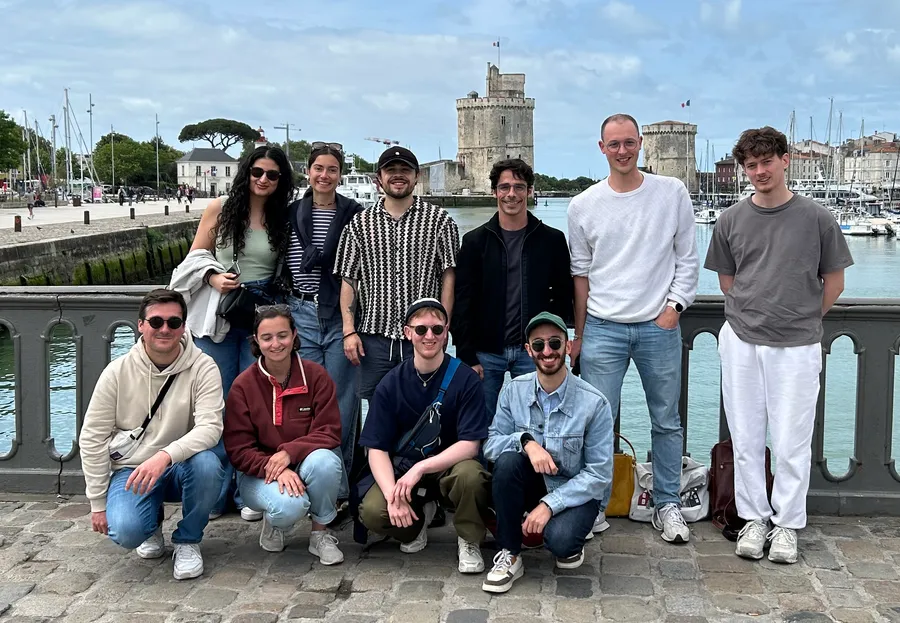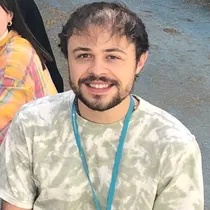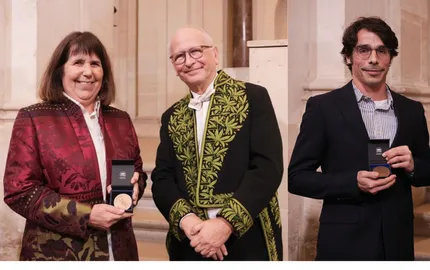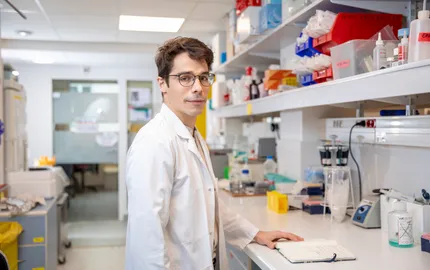Presentation

Innate immunity represents the first line of defence against insults such as viruses. In humans, it is composed of diverse mechanisms which include restriction factors, pattern recognition receptors and pro-inflammatory cytokines, as well as antiviral RNA interference. Such mechanisms can also be at play in the context of cancer, either within tumour or immune cells. In that line, activating innate immunity is at the basis of multiple anti-tumour immunotherapies. The Poirier team studies innate immune mechanisms in a physiological context and applies its discoveries to engineer innovative immunotherapies. The team’s work is structured around three complementary axis.
- Discover novel immune proteins in humans by exploiting the concept of core immunity, which describes the immune domains conserved across the tree of life.
- Understand stem cell-specific immune mechanisms, with a focus on antiviral RNA interference.
- Harness innate immunity for innovative immunotherapy, by taking advantage of the mechanisms unraveled in Axis 1 and 2.
Axis 1: Comparative immunology across domains of life to discover novel immune proteins in humans.
Bacteria evolved numerous antiphage systems dedicated to thwart bacteriophage infection. Recent work documented that certain antiphage systems are conserved in eukaryotes, including humans, in which they perform an immune function. In collaboration with the team of Aude Bernheim (Institut Pasteur), we pioneered the notion of ancestral immunity, which corresponds to the immune modules (proteins or domains) conserved between bacteria and eukaryotes. Equipped with bioinformatics approaches mixing genomics and phylogeny, we discover novel immune proteins in humans by comparison with antiphage systems of bacteria (see Cury et al., Cell Host & Microbe, 2024). We experimentally validate the immune function of human candidate proteins and determine their mode of action. In that framework, we recently discovered SIRal, a pivotal protein of the TLR pathway (Bonhomme, Vaysset et al., Science, 2025). The exploration of ancestral immunity is funded by a grant Impact Santé "EvoCure", to a consortium of 5 research teams.
Conservation of antiphage SIR2 of bacteria in humans allows to identify the protein SIRal, a pivotal player in the TLR pathway of innate immunity (from Bonhomme, Vaysset et al., Science, 2025).
Axis 2: Stem cell-specific immune mechanisms
Stem cells play a fundamental role in the maintenance of adult tissue architecture and integrity by renewing the pool of differentiated cells. They must therefore be shielded from exogenous hazards such viral infections, as well as from endogenous threats such as transposable elements. Such protection relies on poorly described mechanisms, which seem largely stem-cell specific. For example, stem cells only weakly activate the canonical antiviral interferon response, but instead express an antiviral isoform of the Dicer protein, aviD, which confers protection against RNA viruses (Poirier et al., Science, 2021). We are currently studying the protective role of aviD in vivo against viral infection. Stem cells can also be threaten by transposable elements, the mobilisation of which can disrupt genomic architecture and regulation of gene expression. We are interrogating the role of aviD and RNA interference in controlling transposable elements in stem cells. This research axis is funded by an ERC Starting grant.
Confocal microscopy image of a brain organoid lacking aviD, with neural stem cells in green and SARS-CoV-2-infected cells in magenta.
Axis 3. Innate immune mechanisms in anti-tumour therapy
Harnessing innate immune mechanisms for immunotherapy in a well-recognised therapeutic strategy. The team exploits the mechanisms studied in Axis 1 and 2 to engineer innovative immunotherapies. Our current work focuses on targeting RNA interference in tumours, in collaboration with the groups led by Eliane Piaggio (Translational Immunotherapy), Franck Bourdeaut (Translational Research in Pediatric Oncology) and Josh Waterfall (Integrative Functional Genomics of Cancer). The team works closely with the Tech Transfer office of Institut Curie to explore the clinical applications of its discoveries.























